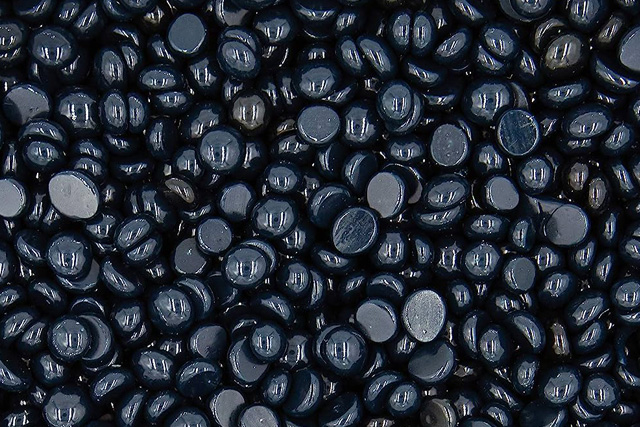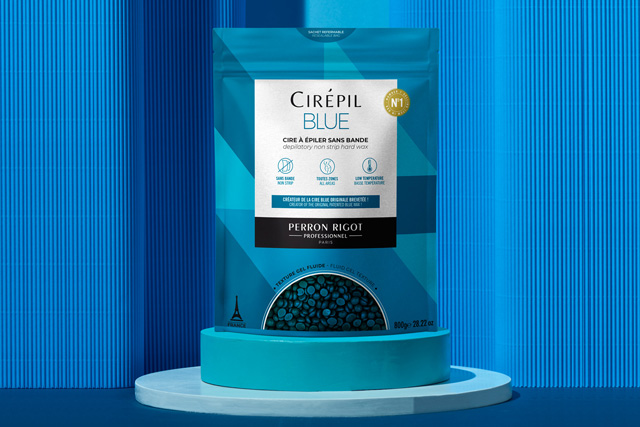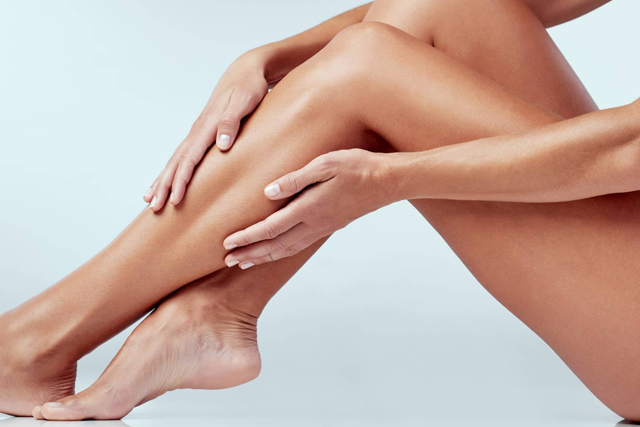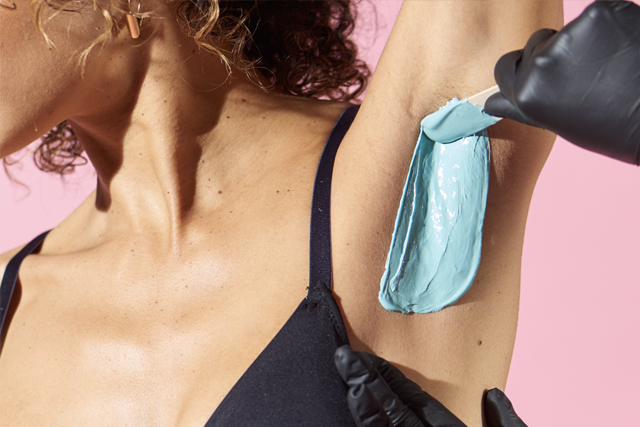Can you get a Brazilian wax while pregnant? This is a common concern among expecting mothers and a key question every esthetician should be ready to answer. During pregnancy, hormonal changes can increase skin sensitivity, raising doubts about whether waxing — especially in intimate zones — is safe or comfortable. In this guide, we explore everything estheticians need to know about performing a Brazilian wax while pregnant: safety guidelines, proper techniques, and how to ensure a soothing experience for your prenatal clients.
Is Brazilian Waxing Safe During Pregnancy?
Yes — with the right care and technique. Many expecting mothers still want to maintain their personal grooming routine, including intimate waxing. While pregnancy introduces hormonal and physical changes that can impact the skin, a Brazilian wax while pregnant is generally safe when performed by a trained and empathetic esthetician.
As professionals, we often become a trusted confidant — sometimes learning about a client’s pregnancy before their partner or family does. It’s our responsibility to provide a secure, supportive environment where clients feel heard and cared for. Let’s look at how to deliver a safe, comfortable waxing experience throughout pregnancy.
Step 1: Perform a Thorough Consultation
Start with open, empathetic communication. Before any service, ask the client about:
Health issues or medical advice from their provider
Areas of discomfort or skin concerns (e.g., varicose veins, melasma, stretch marks)
Previous waxing reactions
Pregnancy can heighten skin sensitivity and change a client’s tolerance to pain. Tailor your approach based on her feedback and comfort level.
Expert Move
If you feel unsure, don’t hesitate to request a doctor’s note — especially for Brazilian or full bikini waxing.
Step 2: Choose the Right Wax for Pregnancy-Sensitive Skin
Hormonal shifts during pregnancy can make the skin more reactive. For intimate waxing:
Use a stripless hard wax designed for sensitive areas like the bikini line.
Avoid formulas with artificial fragrances, dyes, or harsh chemicals.
Ensure the wax temperature is safe — never too hot.
Recommended: Cirepil Cristalline by Perron Rigot
✓ Unscented
✓ Gluten-free
✓ Vegan
✓ Cruelty-free & Paraben-free
This type of wax minimizes irritation while delivering effective results.
Cirépil’s Gentle Touch: Waxes for Sensitive Skin
Step 3: Check for Contraindications
Before beginning a Brazilian wax during pregnancy, evaluate the skin’s condition:
Look for melasma, varicose veins, or stretch marks
Perform a patch test to check for potential irritation
Avoid any area that feels inflamed or overly sensitive
These precautions ensure the client’s skin reacts positively to the service.
Step 4: Positioning Is Everything
Comfort is key — especially in the second and third trimesters.
Use cushions and bolsters to support the back and belly
Elevate the head above the heart
Avoid lying the client flat on her back for long periods
For Brazilian waxes, have her lie on her side instead of the stomach
Create a setup that feels stable, safe, and allows full relaxation.
Step 5: Post-Wax Care Tailored for Pregnant Skin
Once the waxing is complete:
Apply a pregnancy-safe soothing product (like aloe vera gel)
Avoid products with alcohol, synthetic fragrances, or astringents
Recommend loose clothing and no hot baths for 24 hours
It helps calm the skin and prevent irritation after waxing.
Final Thoughts: Empowering Estheticians to Wax with Confidence
Waxing pregnant clients — especially performing a Brazilian wax while pregnant — is entirely feasible with proper care. Your role as an esthetician is not just technical; it’s emotional, comforting, and deeply human. With open communication, the right products, and gentle technique, you can turn what may seem like an intimidating experience into one that feels pampering and empowering.


























